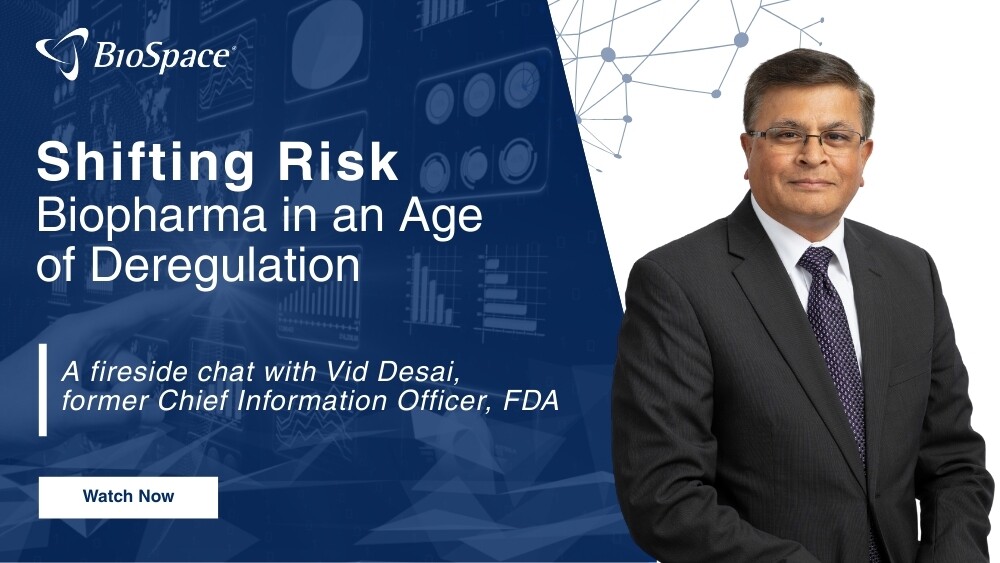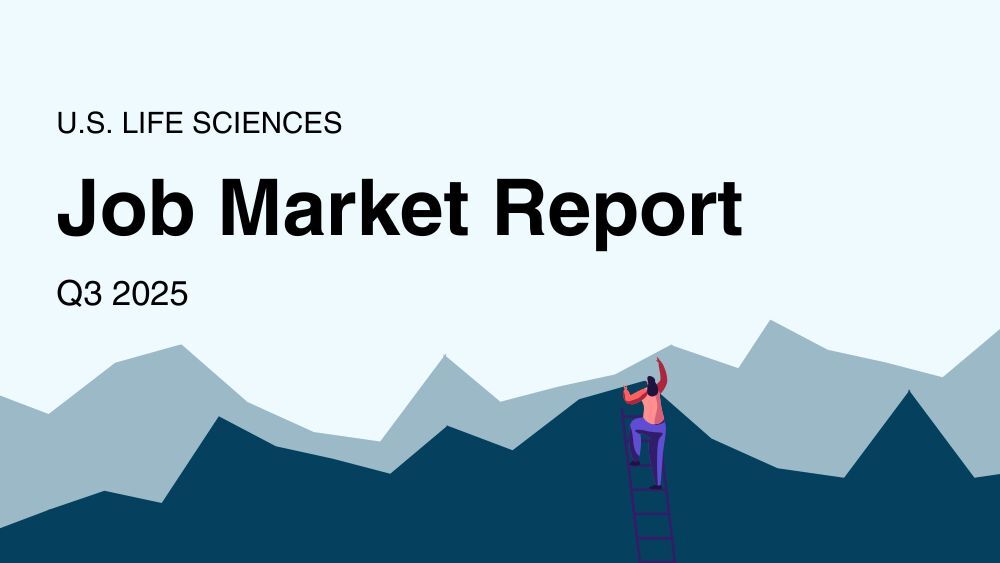Stringent regulation, manufacturing costs and absence of price control contribute to high GLP-1 agonist costs in the U.S. Patients could go to other countries for cheaper treatment.
Pictured: USA money squeeze with pharma components/ Nicole Bean for BioSpace
The development of glucagon-like peptide 1 receptor agonist drugs for the treatment of diabetes and obesity has sparked another debate around the cost of healthcare in the U.S. Studies show that these drugs effectively aid weight loss in patients with type 2 diabetes and obesity, but their U.S. price tags are a deterrent to many patients.
For example, Novo Nordisk’s Ozempic (semaglutide) and Eli Lilly’s Mounjaro (tirzepatide), both approved for type 2 diabetes but used off-label for weight loss, cost more than $1,000 for a month’s supply. The versions of these drugs that are approved for weight management, Novo’s Wegovy and Lilly’s Zepbound, also cost more than $1,000 per month, with Wegovy going as high as $1,400.
Jesse Mendelsohn, senior vice president of professional services at the revenue management firm Model N, noted that these listed prices can be brought down by insurance, but insurers typically do not cover treatments given off label and U.S. laws do not permit Medicare to cover weight management therapies at all. Most private insurers also shy away from covering the therapy, leaving obesity patients to pay for the drugs out of pocket.
Why Is the U.S. Price So High?
There are several factors affecting the cost of glucagon-like peptide 1 (GLP-1) drugs. Michael Grosberg, vice president of product management at Model N, told BioSpace that the inclusion of pharmacy-benefit managers (PBMs), third-party administrators who act as intermediaries between pharmaceutical companies and payers to determine drug access and cost, “has a negative effect on the overall affordability of drugs.”
PBMs construct formularies, Grosberg said, where the drugs at the top of list get more insurance coverage. PBMs are incentivized to place costlier drugs at the top of the formulary. “[PBMs] receive a percentage of list prices of drugs, so the higher the list price, the higher the percentage, and the more money PBMs receive,” Grosberg explained.
The PBMs largely control the cost of drugs as the U.S., unlike other governments, does not regulate drug prices except for insulin and other essential drugs. Aryeh Sand, managing director in the healthcare group at Solomon Partners, said since weight management drugs do not fall into this category, it is not likely that GLP-1 receptor agonists will be regulated in the near future.
Brandon Newman, CEO of Xevant, a company focused on reducing the costs of medications, noted that strict drug regulatory policies in the U.S., such as that around GLP-1 drugs, are another major contributing factor to the high cost of healthcare.
“The government requires a very high bar in regards to drug safety, drug efficacy [and] proving its intended benefits,” Newman told BioSpace. These processes are time-consuming and expensive, and patients in the U.S. pay for this through the high cost of healthcare. Mendelsohn said manufacturers recoup most of their production costs from the U.S. market.
“Could manufacturers say, ‘let’s spread it out so that we just set a global price and potentially reduce the cost in the U.S. by increasing the cost elsewhere?’ Absolutely,” Newman continued. “But I think that the economies would not play out in their favor because the U.S. economy is much stronger than many others.”
Seeking More Affordable Treatments—At Home and Abroad
Anurag Agarwal, a senior analyst at GlobalData who covers the medical tourism industry, told BioSpace that high costs of obesity drugs in the U.S. could set Americans on a journey to other countries to search for affordable treatment options. A month’s supply of Ozempic, for example, costs just $320 in Canada, $93 in the U.K. and $83 in France.
With more than 14 million people traveling to other countries for medical treatment yearly, the global medical tourism market is forecast to be worth $346.1 billion by 2032. Healthcare costs in home countries are a key motivator for medical tourism, Agarwal said. In some cases, he said, patients could “travel to a country like the U.K. back and forth, [and] the treatment would still be cheaper than whatever is the treatment cost in the U.S.” GlobalData reports that Europe was the choice destination for medical tourists in 2023.
Sand noted, however, that in countries like Canada, patients can only buy drugs for the indications they were approved for. “The difference between the U.S. healthcare system and the Canadian healthcare system is that the U.S. tends to be much more open access,” Sand said. “Patients are able to get what they want even if it’s not necessarily fully aligned with what the FDA wants, but that doesn’t mean that the insurance company is going to pay for it.”
Newman suggested that to reduce obesity drug costs, patients should utilize rebates provided by manufacturers, copay cards and patient assistant programs. “Drug rebates on an average will reduce the cost of medication by roughly thirty to thirty-five percent,” he said.
Also, Mendelsohn said patients can opt for customized medications made by compound pharmacies, as they tend to be more affordable. “We’re seeing an explosion of compound pharmacies creating compounds that are the same main ingredients as Ozempic, Mounjaro, etc.” The FDA has, however, warned patients against using compounded versions of GLP-1 drugs, as they can be less effective and unsafe.
Patience Asanga is a Nigeria-based freelance science journalist who writes about the environment, biotechnology and life sciences.






